Computer code is everywhere: in electronic games, this website, and tills at the supermarket. Even though you can't see it, computer code is a huge part of our world, so it is important to introduce children to the key principles of computer science from a young age.
The actual concepts involved in computer coding aim to be very straightforward and can be broken down into the following things:
- Take some input and do something with it. (e.g. press a button and make a doorbell ring, or take a number and multiply it by itself)
- Do a sequence of tasks to achieve a more complicated objective
- Repeat a sequence of tasks many times on a schedule or until a condition is met
Coding gets more complicated when we have to handle situations where things don't go right or if something unexpected happens.
My brand new Coding for Kids series is full of fun, screen-free activities that introduce children to computational thinking, logical thinking, and the most basic programming concepts.
What is coding?
Coding is when a computer is given commands to which it responds, computer programmers use many different languages to write computer programs. I'm not suggesting you teach your preschooler to write in Java, but the fundamental principles of coding are the same for every language and we can do activities to encourage the type of thinking programmers need from an early age.
How to encourage logical thinking in children
- Encourage children to ask questions and foster their creativity.
- Explain the reasoning behind your answers to their questions rather than expecting simple acceptance of fact.
- Consider bias. Are there reasons why some people think one way and others think differently?
- Ask children to consider alternative explanations and solutions to problems, considering the advantages and disadvantages of each.
- Encourage children to explain solutions and answers in their own words.
Designing and carrying out scientific experiments is a great way to practice all the above.
Simple Coding Ideas for Kids
Coding Activities for 2-4 year olds
Building blocks are a great learning toy. Stack them up and encourage counting. Build towers using blocks of different heights and ask which tower has the most blocks. Ask lots of questions and encourage children to use past experience, logic, and direct observation to arrive at their answers.
Practice making patterns. Building blocks, DUPLO, small toys, shapes, or coloured pasta necklaces can all be used to make patterns.
Try weighing and measuring activity, perhaps ask the child to make predictions first as to which object they think is heavier or which people are taller.
Have a go at making and testing predictions with a simple sink and float activity.
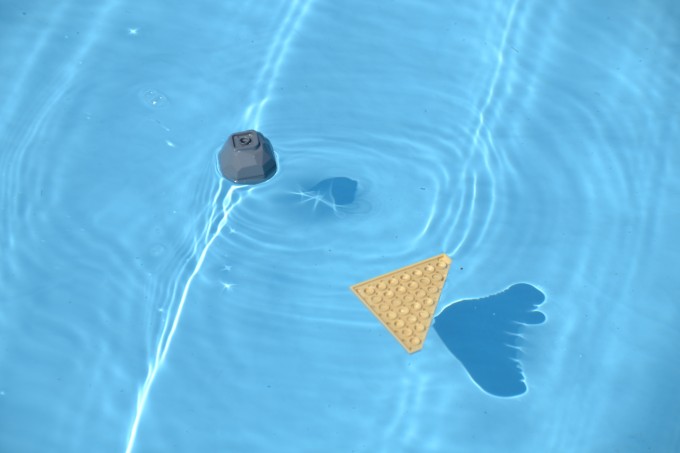
Try building small DUPLO® models and asking the child to copy exactly what you've made.
Coding Activities 5-7 year olds
Practice sorting and classifying objects. We've got a candy sorting activity you can try, or how about collecting and organising data on a LEGO® bar chart?
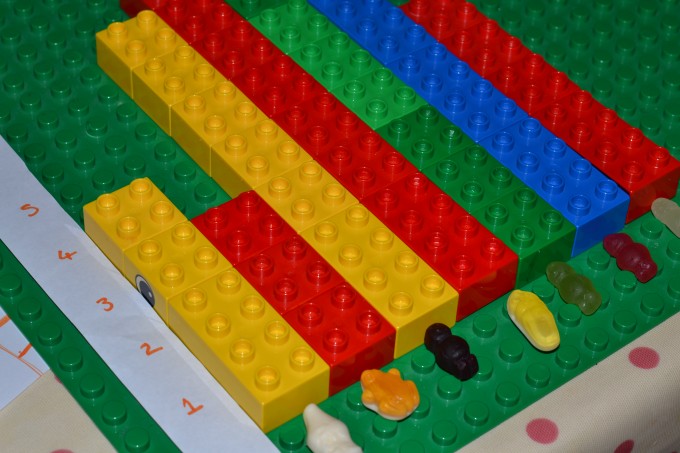
Designing and decoding codes is a fun logic based activity. Try replacing letters for numbers, shifting the alphabet along or using symbols. This spy decoder from Frugal Fun for Boys and Girls is just brilliant for helping with the decoding.
Try following instructions using LEGO® or other construction toys.
Practice making patterns, again, you can use LEGO® to make it more fun.
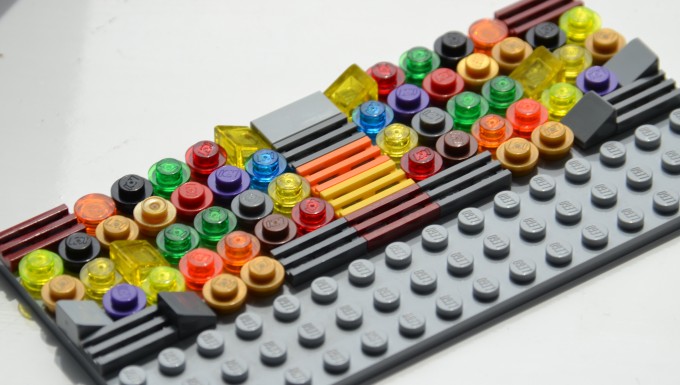
If you have a coding robot or similar, I have some easy ideas for a Key Stage 1 ( age 5-7 ) coding club.
Outdoor ideas - learn to code
Have a game of Pooh sticks. Each player chooses a stick, drops it into a moving stream, and guesses which will move the fastest. Are there any obstacles in the way?
Compare sticks, leaves or pinecones for size. Can you make a pattern? Which weighs the most?
Try some science with scooters by estimating which will travel the furthest down a hill.
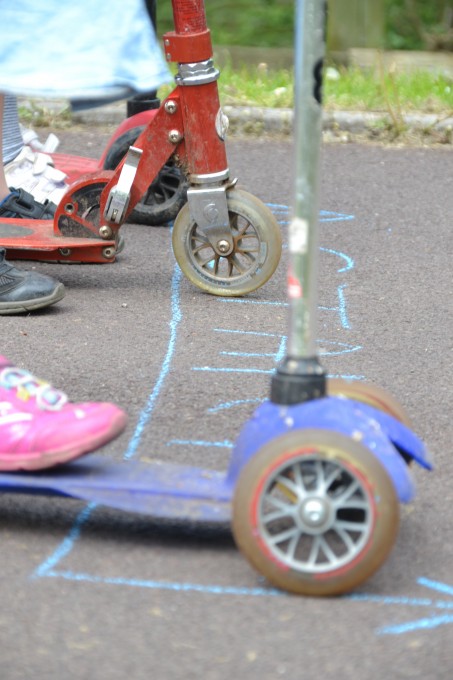
Board games to encourage planning and reasoning skills
Turing Tumble
Tic Tac Toe
Dominoes
Draughts
Monopoly
Cluedo
Mastermind
LEGO® also offers some fantastic coding and robotic kits, which are easy to use, come with full instructions, and provide hours of fun!
Coding extension tasks for older children
Learn about the incredible Ada Lovelace and try a fun coding activity.
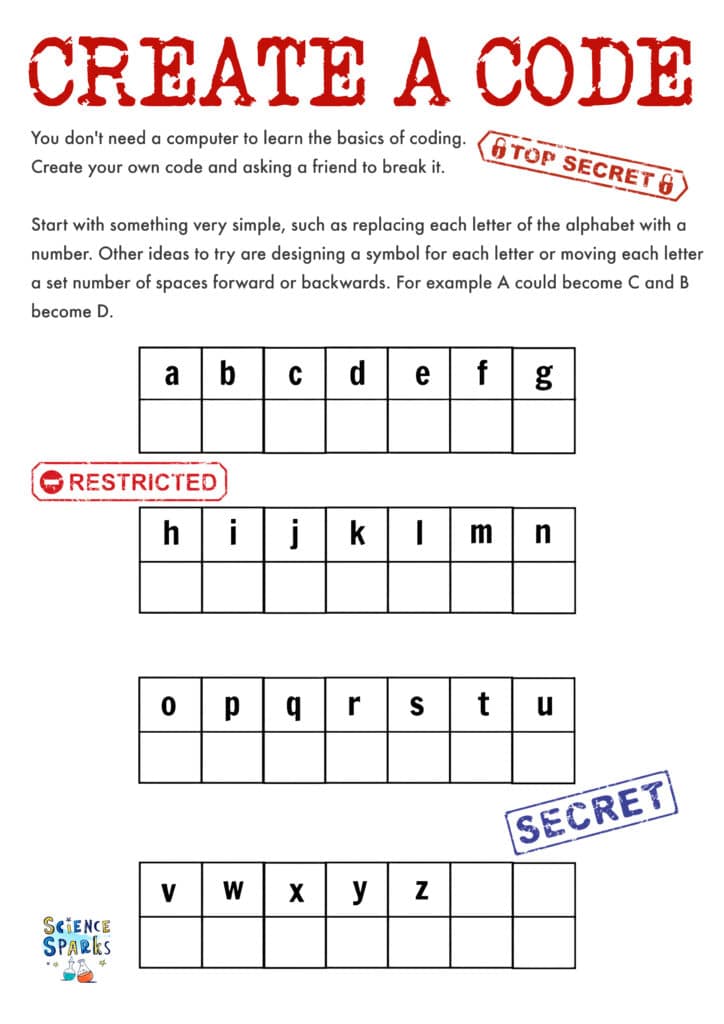
Practice writing instructions.
Take a look at Scratch and Makey Makey projects. We made a giant operation game with our Makey Makey, which was brilliant fun!
Why should you teach kids to code?
Learning to code has many benefits for kids of all ages, which are much more than just being computer literate.
Helps develop problem-solving skills
Coding helps teach children to break down complete problems into smaller, easier tasks.
Encourages abstract thinking
Coding helps children think beyond what is in front of them by introducing concepts such as variables and loops.
Improves reasoning skills
Coding involves a lot of reasoning and thinking step by step. A small change to a piece of code can have a big effect.
Helps develop resilience
Coding is all about trial and error. Mistakes are common, so testing and fixing problems is a big part of being a programmer.
Encourages creativity
Coding allows children to turn their ideas into something real. Mini games, animations and interactive apps can all be made using code!
Do you have any more coding ideas for kids for us?
Post contains affiliate links
Last Updated on June 6, 2025 by Emma Vanstone
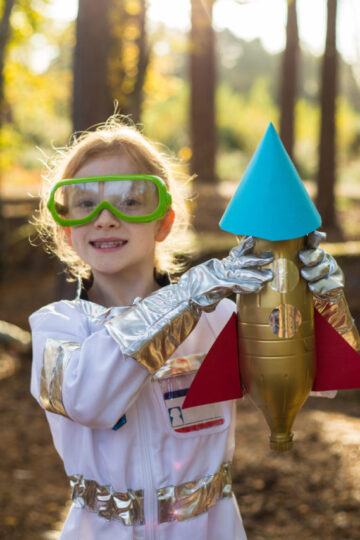

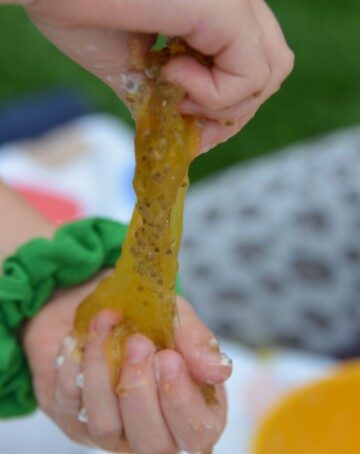
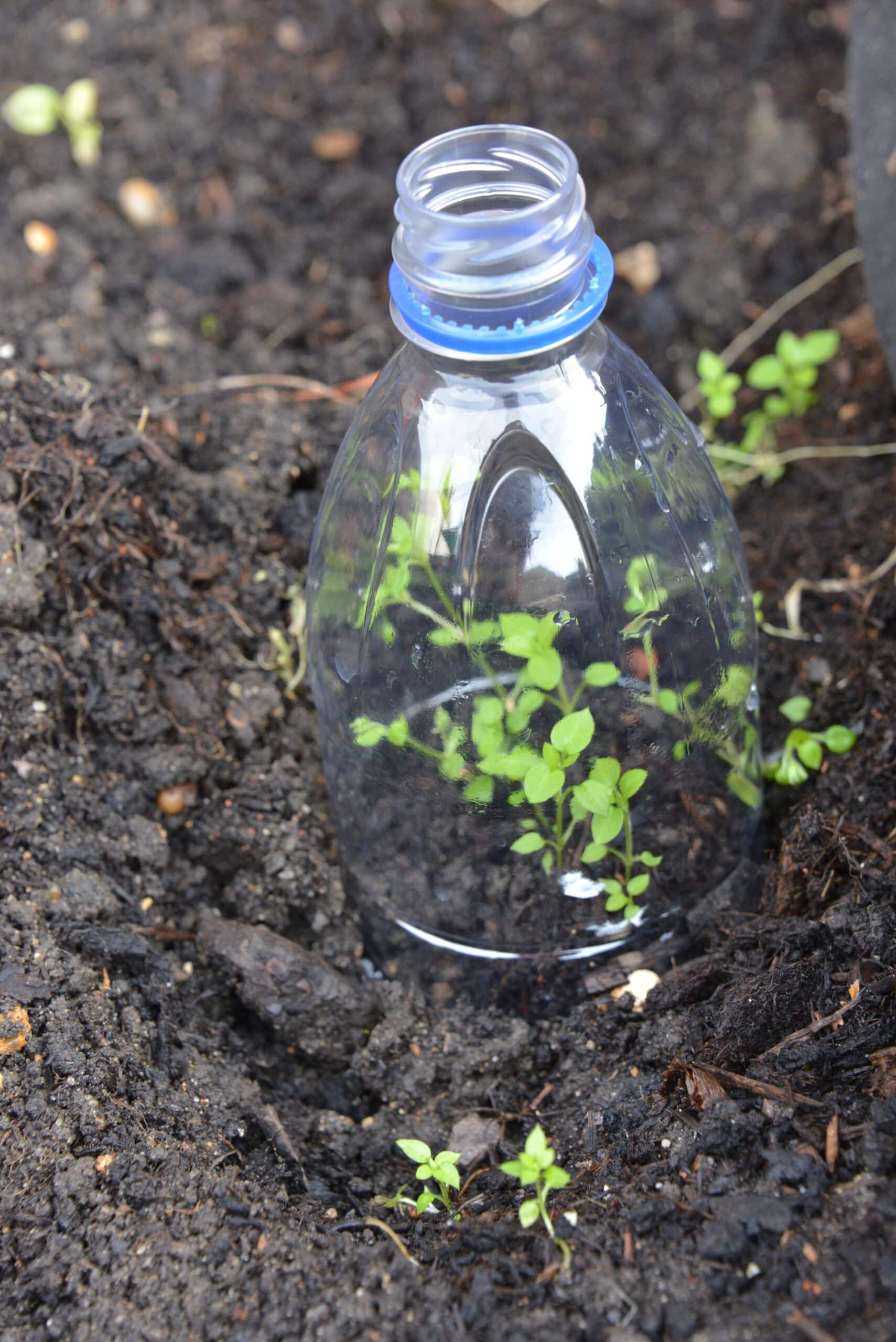
Annette - Project Refined Life says
What a fantastic post!!! Thank you, Annette - Projectrefinedlife.com
Cait FItz @ My Little Poppies says
What a creative and thoughtful post! Thank you!!
Craig Smith says
I'm a software developer and father to two boys, aged 3 and 5. I introduced the eldest to Scratch a couple of weeks ago but I've been looking for ideas for introducing coding principles away from a computer, so we'll definitely be trying some of your suggestions out.
I particularly like the 'How to encourage logical thinking' section. In the younger years it's so important to foster that desire to question everything and to never accept "Because it just is..." as an answer to their questions.
I'm currently working with my sons' school to build up coding skills amongst the teachers. To help, I'm building up a list of resources that teachers and parents can use to help them introduce children to coding and computing. I'd like to add your article to that list, if that's OK?
The list is here: https://gist.github.com/craigsssmith/9c6528ae485aec09f292
Emma Vanstone says
Please do 🙂
TechyKids says
I really liked the different activities which you have suggested to teach coding for kids of different ages. As kids spend most of their time playing various games & apps, introducing the basic of coding for kids using this channel will definitely build a strong foundation for them. Keep sharing such interesting blogs with us.